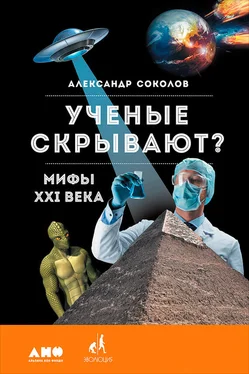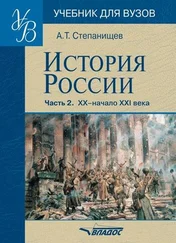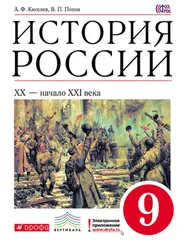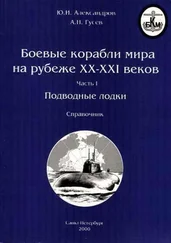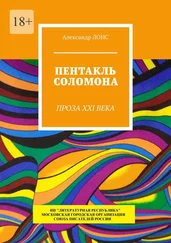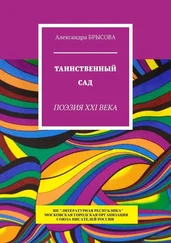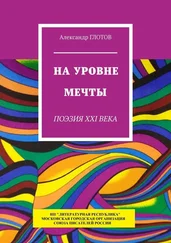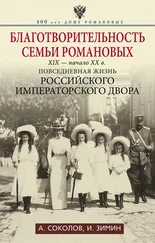Lewin R (1987), «The unmasking of mitochondrial Eve», Science 238 (4823): 24.
Richard E. Green et al. A Draft Sequence of the Neandertal Genome // Science 07 May 2010: Vol. 328, Issue 5979, pp. 710–722. DOI: 10.1126/science.1188021
Iakes Ezkurdia. Multiple evidence strands suggest that there may be as few as 19 000 human protein-coding genes // Hum Mol Genet. 2014 Nov 15; 23(22): 5866–5878.
Qiaomei Fu et al. An early modern human from Romania with a recent Neanderthal ancestor // Nature 524, 216–219 (13 August 2015) doi:10.1038/nature14558
Lewontin, R. C. The Apportionment of Human Diversity // Evol. Biol. 6, 381–398 (1972).
Barbujani et al. An apportionment of human DNA diversity // Proc. Natl. Acad. Sci. USA 94 (1997).
Alan R. Templeton. Human Races: A Genetic and Evolutionary Perspective // American Anthropologist, Vol. 100, No. 3 (Sep., 1998), pp. 632–650.
Science Genome Map // Science. 16 Feb 2001: Vol. 291, Issue 5507, pp. 1218.
Prado-Martinez J., Sudmant P. H., Kidd J. M. et al. Great ape diversity and population history // Nature, July 3, 2013. DOI: 10.1038/nature12228.
Schwartz RS. Racial profiling in medical research // N Engl J Med, Vol. 344, No. 18 May 3, 2001.
Johnson JA, Nowatzki TE, Coons SJ. Health-related quality of life of diabetic Pima Indians // Med Care. 1996 Feb;34(2): 97–102.
Burchard EG et al. The importance of race and ethnic background in biomedical research and clinical practice // N Engl J Med. 2003 Mar 20;348(12):1170–5.
Williams RC, Long JC, Hanson RL, Sievers ML, Knowler WC. Individual estimates of European genetic admixture associated with lower body-mass index, plasma glucose, and prevalence of type 2 diabetes in Pima Indians. Am J Hum Genet 2000; 66: 527–38.
Cooper, R.S. et al. An International Comparison Study of Blood Pressure in Populations of European vs. African Descent. BioMed Central 3(22) 2005.
Karter AJ et al. Ethnic disparities in diabetic complications in an insured population. JAMA 2002; 287: 2519–27
Cancer Facts & Figures 2010. Atlanta: American Cancer Society; 2010: p. 23.
https://www.bidil.com/
Taylor AL, Ziesche S, Yancy C, Carson P, D'Agostino R Jr, Ferdinand K, Taylor M, Adams K, Sabolinski M, Worcel M, Cohn JN (2004). «Combination of isosorbide dinitrate and hydralazine in blacks with heart failure». N Engl J Med. 351 (20): 2049–57. doi:10.1056/NEJMoa042934. PMID15533851).
https://en.wikipedia.org/wiki/Gefitinib
См., например, Jonathan Kahn. Race in a Bottle. The Story of BiDil and Racialized Medicine in a Post-Genomic Age. – New York. Columbia University Press, 2013.
Бунак В. В., Нестурх М. Ф., Рогинский Я. Я. Антропология. Краткий курс. – М.: ГУПИ Наркомпроса РСФСР, 1941. – С. 7.
http://22century.ru/popular-science-publications/race_critics
Solecki, Ralph S. Shanidar IV, a Neanderthal Flower Burial in Northern Iraq // Science, Vol. 190, 28 November 1975, p. 880–881.
Lietava, Jan. Medicinal plants in a Middle Paleolithic grave Shanidar IV? // Journal of Ethnopharmacology. 35 (1992) 263–266.
Gargett, R. H. (1989). Grave Shortcomings: The Evidence for Neandertal Burial // Current anthropology, 30 (2), 157–190.
Sommer, J. D. (1999). The Shanidar IV 'Flower Burial': A re-evaluation of Neanderthal burial ritual. Cambridge Archaeological Journal, 9(01), 127–129.
Marta Fiacconi, Chris O. Hunt. Pollen taphonomy at Shanidar Cave (Kurdish Iraq): An initial evaluation // Review of Palaeobotany and Palynology, Volume 223, December 2015, pp. 87–93, doi: 10.1016/j.revpalbo.2015.09.003
Turk I. (Ed) Mousterian ''bone flute'' and other finds from Divje Babe I cave site in Slovenia // I Cave Sitein Slovenia, Znanstvenoraziskovalni Center SAZU, Ljubljana, 1997.
Fink R. Ancient bone is do-re-mi flute // Globe and Mail, April 12, 1997, p. 29.
Chase Philip G. and Nowell A. Taphonomy of a Suggested Middle Paleolithic Bone Flute from Slovenia // Current Anthropology, Vol. 39, No. 4 (August/October 1998), pp. 549–553.
D'errico F., Villa P., Pinto Llona A. C. & Idarraga R. R. A Middle Palaeolithic origin of music? Using cave-bear bone accumulations to assess the Divje Babe I bone 'flute' // Antiquity 72 (1998): 65–79.
Brodar M. Die Kultur aus der Hohle Divje babe I // Arheoloski vestnik 50, 1999, str. 9–57.
Ivan Turk et al. Results of computer tomography of the oldest suspected flute from Divje babй I (Slovenia) and its chronological position within global palaeoclimatic and palaeoenvironmental change during Last Glacial // L'anthropologie 110 (2006) 293–317.
Morley I. Mousterian Musicianship? The case of the Divje Babe I bone // Oxford Journal of Archaeology 25(4) 317–333, 2006.
Turk M. and Dimkaroski L. Neanderthal flute from Divje babe I: old and new findings // Borut To?kan (Ed) Fragments of Ice Age environments. Proceedings in Honour of Ivan Turk's Jubilee. Ljubljana, 2011, p. 251.
Diedrich Cajus G. 'Neanderthal bone flutes': simply products of Ice Age spotted hyena scavenging activities on cave bear cubs in European cave bear dens // R. Soc. open sci. 2: 140022, 2015.
Conard Nicholas J., Malina M. & Munzel S. C. New flutes document the earliest musical tradition in southwestern Germany // Nature, Vol 460–6 August 2009, pp. 737–740.
http://22century.ru/popular-science-publications/10all-20goto-30atheism
Цит. по: Последний год жизни Пушкина / Сост., вступ. очерки и примеч. В. В. Кунина. – М.: Правда, 1988. – С. 67.
См.: Научно-популярная афиша Москвы – https://vk.com/pop_sci_mos; Научно-популярная афиша Санкт-Петербурга – https://vk.com/pop_sci_spb
Викентьев И. Л. Приемы рекламы и public relations. Программы-консультанты: 446 примеров, 200 учебных задач и 21 практическое приложение. – СПб.: Бизнес-пресса, 2007. – 406 с.
Перельман Я. И. Что такое занимательная наука? // Техника – молодежи. – 1972. – № 11. – С. 18–20. http://vikent.ru/enc/7701
Handberg-Thorsager, M, Fernandez, E and Salo, E (2008). Stem cells and regeneration in planarians. Frontiers in Bioscience: A Journal and Virtual Library 13: 6374–6394.
Читать дальше
Конец ознакомительного отрывка
Купить книгу
